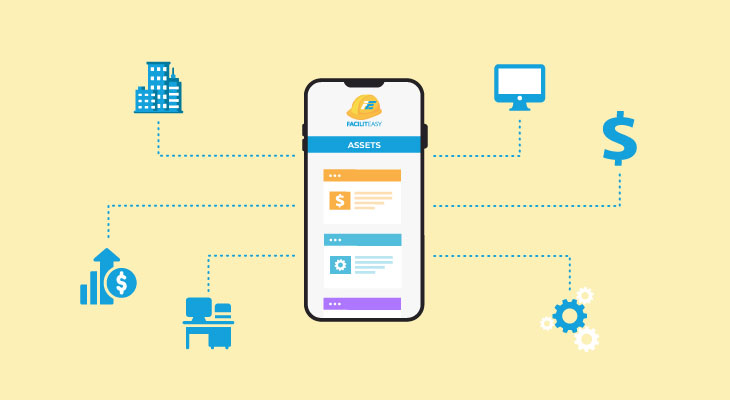
Cataloging Your Company Assets
MAINTENANCE | October 6, 2021
When companies decide to develop or improve their asset-management program, it’s quite common for them to discover they don’t have an accurate list of the assets. The catalyst for some organizations is compliance with the ISO 55000 series of standards. This requires understanding how goals and objectives relate to the physical assets, followed by identifying the current asset condition and the likelihood of them meeting those requirements.
Other organizations are prompted to seek help when they look to replace aging assets. In this situation, they are usually asking for help to create an asset health index or asset register. Developing either isn’t feasible without a comprehensive list of the assets.
To develop a holistic asset-management system, first gather asset master data and document them in a CMMS program such as Faciliteasy. Organizations usually begin with these two business processes: Asset Data Collection and Asset Hierarchy Development.
Asset Data Collection (ADC) is the process used to identify and collect asset data and asset-type characteristics so they can be entered into a computer maintenance management system (CMMS) like Faciliteasy. Complete and accurate asset data makes possible informed and appropriate decisions across the asset-management spectrum. Accurate data is necessary to build an asset hierarchy, perform asset-criticality analysis, manage spare parts, establish a bill of materials (BOM), and develop a maintenance strategy.
Asset Hierarchy Development (AHD) is the process used to create the hierarchical relationships between company, sites, systems, and assets as a way of showing the parent-child relationship for the purpose of effective asset management. As a fundamental component of your CMMS system, asset hierarchy plays an integral role in work management, failure tracking, maintenance cost accounting, and asset downtime tracking. A well-defined asset hierarchy will allow more accurate planning and assignment of work, better control of parts/components, and allocation of maintenance costs to the right equipment at the correct level of detail. It allows the condition and performance of equipment to be tracked and managed and feeds critical information into the asset-health register which, in turn, informs the strategic capital plan.
While it’s certainly not as glamorous as Industry 4.0, establishing accurate, comprehensive data is foundational to your asset-management system and your asset-health register. Faciliteasy's software is designed to help you achieve this goal.



